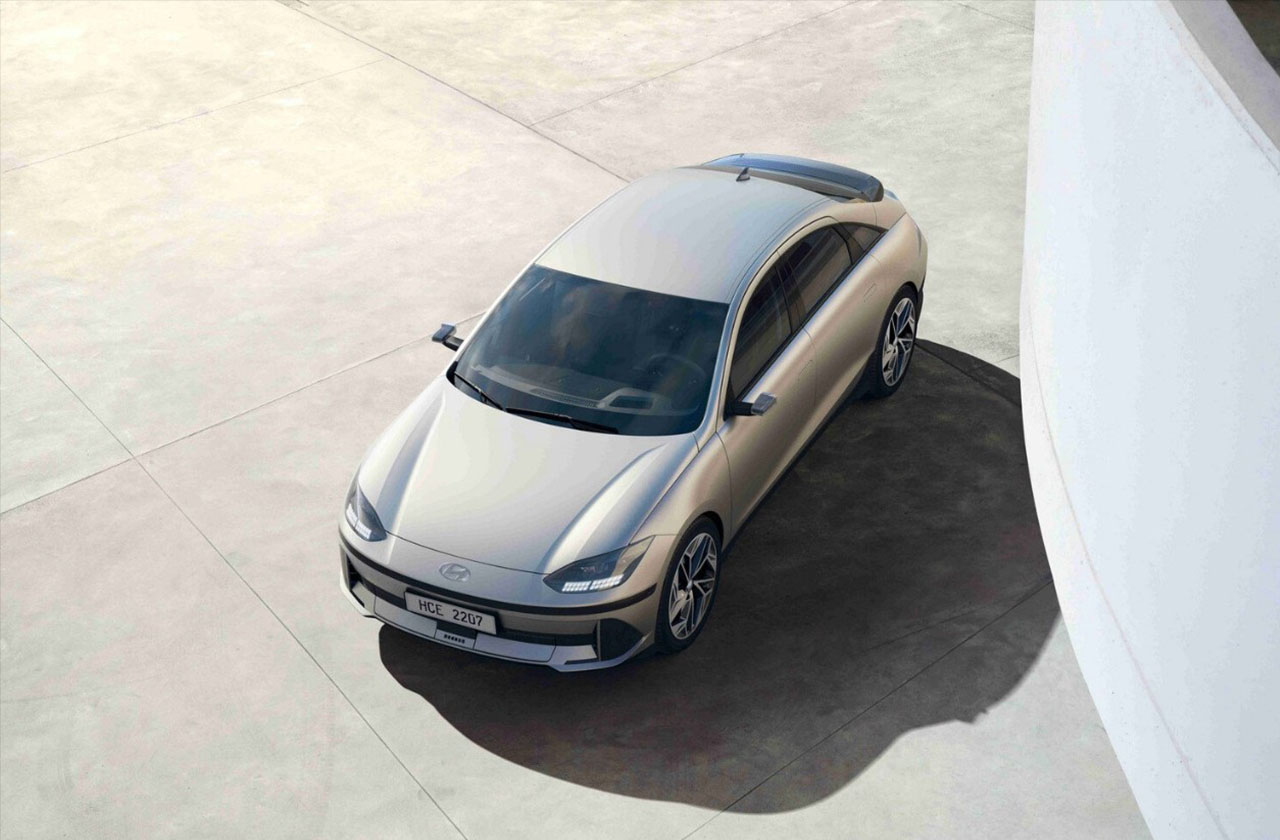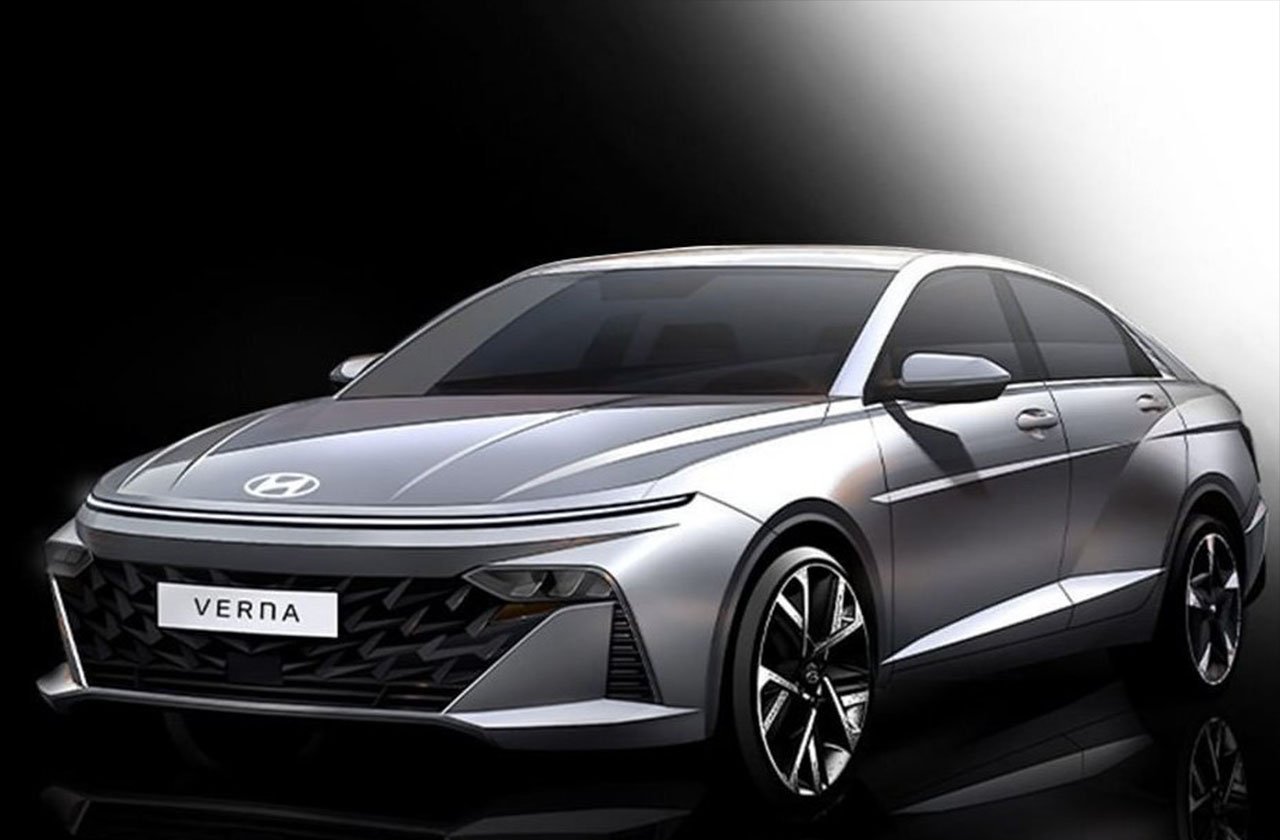Hyundai Motor told how they managed to achieve unusually low airflow resistance on the Ioniq 6 electric car.
As explained in the company, the body of the Ioniq 6 was originally given an optimal teardrop shape in terms of streamlining, and all the details were calculated so as to be exactly flush with the surrounding surface. The wheel disks branded for the model are made with minimal clearances, almost full-bodied.
The shape of the body, reminiscent of an airplane wing in section, is subject to lift, which is especially high at high speeds. For the car, this is fraught with loss of traction and increases the risk of an accident. To compensate for the Ioniq 6's lift, Hyundai used two tools - an air spoiler on the trunk lid and a diffuser under the rear bumper. Together, the two devices not only fully compensate for the lifting force, but also overcome it.
The front bumper is equipped with active aerodynamic devices - flaps that give the bumper a streamlined shape when closed at high speed and open the flow of air to the cooling radiator at low speeds, when aerodynamics practically does not play a role. Another know-how of Hyundai's aerodynamics engineers is the air channels along the edges of the front bumper, directing the straightened air flow due to the shape of the channel into the wheel arches, which, by the way, are one of the main causes of air resistance for any high-speed wheeled vehicle. And to top it off, the Ioniq 6 has an almost perfectly flat bottom. Together, Hyundai engineers managed to achieve an air resistance coefficient of 0.21 on the Ioniq 6.








